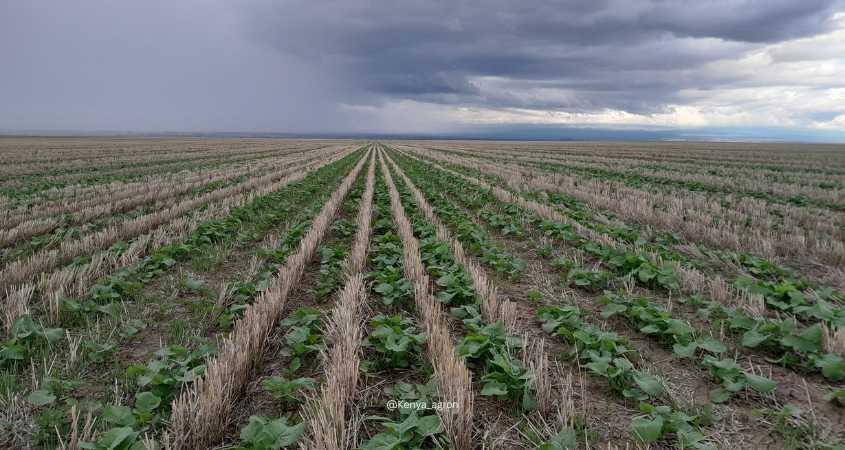
Effective nutrient management is crucial for optimising crop growth and achieving high yields. It involves understanding the nutrient requirements of crops, maintaining soil nutrient balance, and employing sustainable practices to enhance nutrient availability. Here are some key insights into nutrient management:
Before embarking on nutrient management, soil testing is essential. This process provides valuable information about the current nutrient levels in the soil. Soil tests analyse primary macronutrients like nitrogen (N), phosphorus (P), & potassium (K), secondary macronutrients calcium (Ca), magnesium (Mg), & sulphur (S), and micronutrients. Understanding these levels allows for precise adjustments in fertilisation.
Different nutrients play distinct roles in plant development. Macronutrients such as N, P, K, Ca, Mg, and S are required in larger quantities. Micronutrients such as zinc (Zn), iron (Fe), manganese (Mn), Boron (B), and Copper (Cu) are essential in smaller amounts but are equally critical. Nutrient management plans must consider both macronutrients and micronutrients for comprehensive plant health.
Each crop has unique nutrient requirements at various growth stages. For instance, maize, being a nitrogen-demanding crop, needs substantial nitrogen during the vegetative stage. Understanding these crop-specific needs guides the application of fertilisers at the right times and in the right amounts.
Effective nutrient management involves practices that enhance organic matter content and soil microbial health. Microorganisms, especially beneficial bacteria and fungi, contribute to nutrient availability. Practices like cover cropping and reduced tillage support a thriving microbial community.
Precision farming technology, such as Variable Rate Technology (VRT), enables farmers to apply nutrients precisely where they are needed. By considering variability in soil types within a field, VRT optimises nutrient distribution. This technology minimises wastage and losses associated with blanket fertiliser applications.
Regular monitoring, through soil and leaf testing, helps assess the effectiveness of the nutrient management plan. Adjustments can then be made based on the specific needs of the crops.
In conclusion, effective nutrient management is a dynamic and science-driven process. It integrates soil & leaf testing, knowledge of crop nutrient requirements, sustainable practices, and ag technology to ensure optimal nutrient availability for crops while promoting long-term soil health. For customised nutrient management plans and advice, please contact our experts at support@cropnuts.com.
Grow more with less
#savesoil #soilhealth #soilscience
Order our services and get to know how to improve your soil for better yeilds.